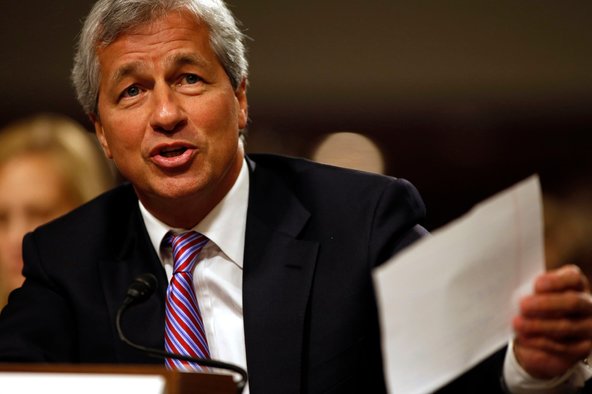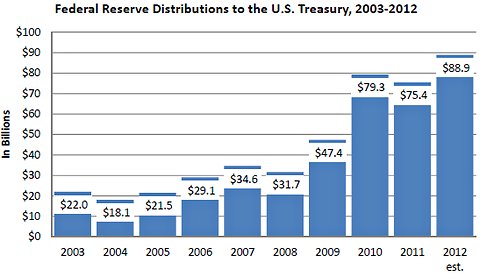Samsung, the largest maker of consumer electronics, said on Friday that it expected weaker profit and revenue, which analysts attributed to slowing sales of high-end smartphones. This is a trend that also bedevils Apple, its main rival.
Samsung, the No. 1 maker of mobile phones, aims its Galaxy models at the top end of the market. Apple sells its iPhone to these customers, too. And while sales of smartphones continue to grow over all, the rate of increase for the more expensive devices has been easing in recent months.
In recent days, BlackBerry and HTC, the Taiwanese phone maker, have also reported difficulties selling advanced smartphones.
In the United States, more than 58 percent of adult consumers who own cellphones own a smartphone, according to comScore, a market research firm. Only three years ago, it was 20 percent.
Rival smartphone makers like Sony and HTC have mounted a renewed challenge with their latest handsets. But for Samsung, the real problem may be that much of the growth in smartphone sales in coming years will be at the lower end of the market, where Chinese manufacturers are gaining share. Samsung simply does not have the most appealing models for those consumers. As smartphones become increasingly commoditized, prices will fall and profit margins will shrink.
“The concern is the future of the smartphone market, which is already saturated at the high end,” said C. W. Chung, an analyst at Nomura Securities. “The smartphone industry may be becoming more like the PC industry,” in which consumers make their buying decisions mostly on price, despite attempts by manufacturers to differentiate their products.
Samsung said it expected to post an operating profit of 9.5 trillion won, or $8.3 billion, for the second quarter, a 47 percent increase from a year earlier.
While many companies would envy such a growth rate, the forecast disappointed financial analysts, who had, on average, expected Samsung to post operating profit of more than 10 trillion won in the quarter.
Even before the news on Friday, some analysts downgraded their forecasts for Samsung. Investors have taken heed, and Samsung Electronics shares are down about 17 percent since the start of the year. (Apple shares are down about 21 percent in the same period.) Samsung shares dropped 3.8 percent on Friday in trading in Seoul.
In April, Apple reported its first year-over-year decline in quarterly earnings in a decade, as iPhones sales showed signs of slowing. The company sold 37.4 million iPhones in its fiscal second quarter or about 2.88 million phones a week.
Samsung’s Galaxy S4 got off to a quicker start than its predecessor model, the S3. It took only 60 days to sell 20 million S4 handsets, a slower pace than the older iPhone, but still far faster than the 100 days it took Samsung to sell that many Galaxy S3 phones.
While Samsung is also the world’s largest television maker, profit margins in that business have been squeezed by competition. So Samsung remains highly dependent on its mobile division, which delivered three-quarters of the company’s operating profit in the first quarter.
Samsung’s overall estimated revenue grew strongly in the second quarter, rising 20 percent, to 57 trillion won. But that, too, was slightly below expectations.
“With Samsung, the market had gotten used to upside surprises,” Mr. Chung of Nomura said. “But the previous quarters were abnormal. People need to adjust their focus.”
In March, Samsung introduced the Galaxy S4 amid considerable fanfare at an event at Radio City Music Hall in New York. While the new model has sold well in the United States, now at a carrier-subsidized price of $200, it has not performed as strongly as some analysts expected. It sells in China for about $850.
The cost of Samsung’s heavy marketing — it is a bigger worldwide advertiser than Coca-Cola — has eaten into profit margins. It also has the expense of opening Samsung shops inside more than a thousand Best Buy stores in the United States.
The high-end phone makers faced another profit-margin problem. As lower-price smartphones get more sophisticated and the advantage of higher-price smartphones is reduced, more people may shift to those lower-price phones, putting increased price pressure on companies like Samsung or Apple.
Mark Newman, an analyst at Sanford C. Bernstein in Hong Kong, says he thinks investors became too pessimistic about Samsung. Profit margins will rebound in the second half of the year, he said. “At current valuations, the market is assuming the mobile business will destroy value,” he wrote in a note to clients. “We believe Samsung is cheaper than ever.”
Some analysts noted that even if smartphone profit margins fell and Samsung faced greater pressure from rivals, it could benefit because it is the biggest producer of the semiconductors used in smartphones and other computing devices. Prices of memory chips have also been rising in recent months after a long slump.
Samsung plans to post its official report of second-quarter earnings on July 26.

Article source: http://www.nytimes.com/2013/07/06/business/global/samsung-earnings.html?partner=rss&emc=rss



